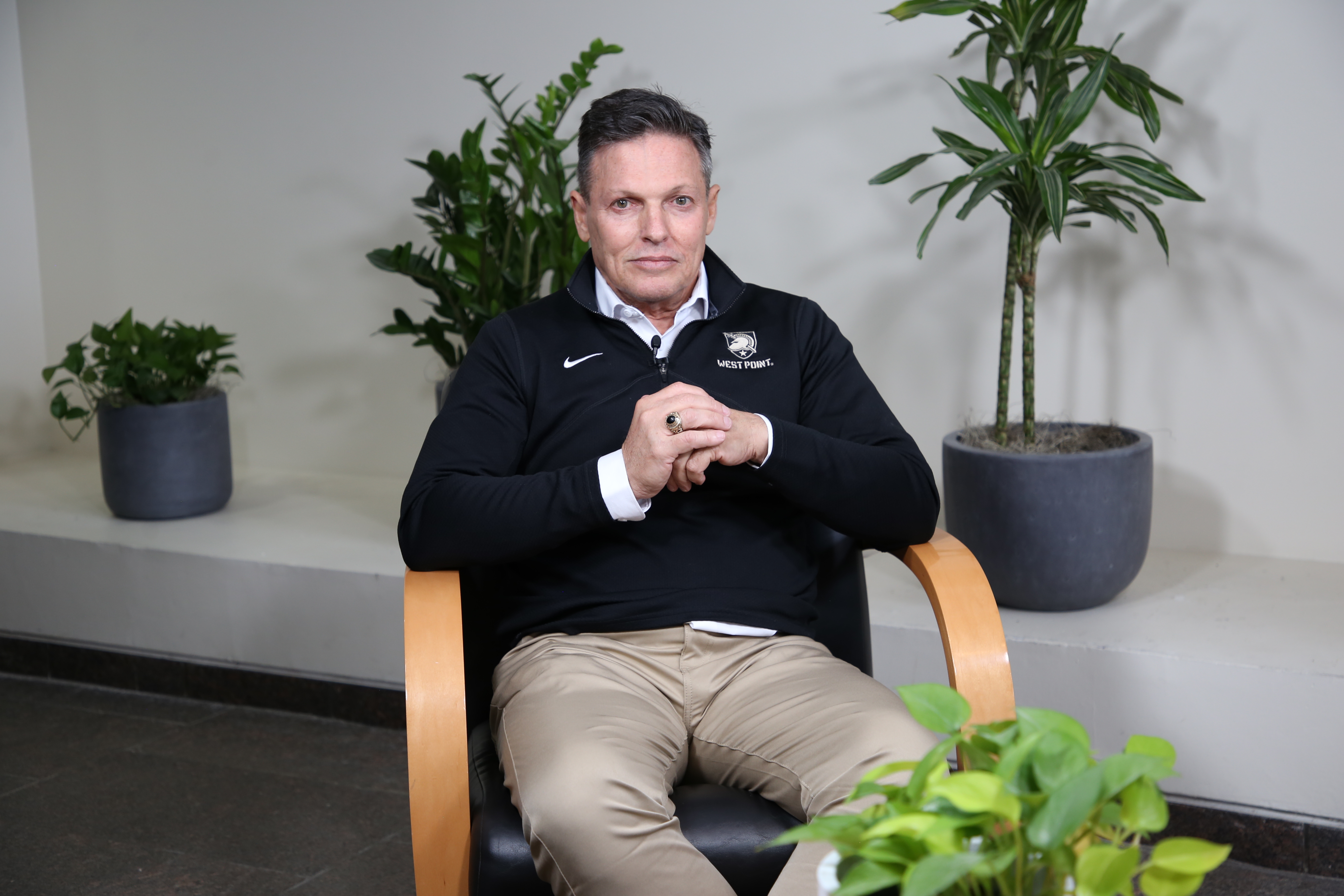 AI
AI
 AI
AI
 AI
AI
The “AI for good” mantra captures the growing drive to use artificial intelligence for positive change — transforming everyday life through technologies that make the world clearer, safer and more connected.

ProHawk’s Brent Willis talks with theCUBE about AI for pixel restoration.
ProHawk Technology Group applies that principle through real-time computer vision, designed to restore clarity to complex visual data and enhance AI performance at the edge.
“We are the only real-time pixel-by-pixel computer vision technology or computer vision management system in the world,” said Brent Willis (pictured), co-founder and chief operating officer of ProHawk. “What that translates to in real language is we take the risks and obscurity of night and we convert them to the visibility and safety of day to help save lives and to make critical decisions at the critical point in time.”
Willis spoke with theCUBE’s Paul Gillin at the SHI Fall Summit, during an exclusive broadcast on theCUBE, SiliconANGLE Media’s livestreaming studio. They discussed ProHawk’s simple yet profound mission: to make the world a safer, clearer and more efficient place — one pixel at a time. (* Disclosure below.)
ProHawk’s proprietary technology converts degraded or obscured visual data — whether from radar, LiDAR, magnetic resonance imaging or optical sensors — into clear, actionable imagery in real time. Unlike most AI systems that rely on pre-trained neural networks, ProHawk operates differently. It processes 33 million pixels per second, optimizing each individually at the edge — no cloud connection, no human intervention, no learning model required, according to Willis.
“We do this at the edge of the extreme edge locally and take that data and then optimize each one of those pixels so you can get that unmatched clarity and actionable data such that all gen AI applications are going to work better from the future,” he said. “But from a learning standpoint, what we do now is we take that incoming data, we approve it, we do the analytics and then we can circle back to teach the sensor and to teach the computer to work better next time to make everything more efficient.”
ProHawk’s technology is horizontal by design, applicable across industries from healthcare to energy, federal security and manufacturing. In the beverage industry, for instance, it can turn AI for good to analyze liquid fill levels and detect microscopic particulate matter in bottles — something no traditional optical sensor can do, Willis pointed out.
“We can see through all of the liquid to see if there’s any particulate matter in there or any kind of anomaly, or, if it’s a glass bottle, any kind of glass in there that doesn’t meet standards for consumer safety, and meeting the right consistency and tolerances,” he said. “That kind of technology never existed before, but now it does with ProHawk, as we can see through all of those details pixel by pixel, in this case for consumer safety.”
Here’s the complete video interview, part of SiliconANGLE’s and theCUBE’s coverage of the SHI Fall Summit:
(* Disclosure: TheCUBE is a paid media partner for the SHI Fall Summit. Neither Hewlett Packard Enteprise Co., the sponsor of theCUBE’s event coverage, nor other sponsors have editorial control over content on theCUBE or SiliconANGLE.)
Support our mission to keep content open and free by engaging with theCUBE community. Join theCUBE’s Alumni Trust Network, where technology leaders connect, share intelligence and create opportunities.
Founded by tech visionaries John Furrier and Dave Vellante, SiliconANGLE Media has built a dynamic ecosystem of industry-leading digital media brands that reach 15+ million elite tech professionals. Our new proprietary theCUBE AI Video Cloud is breaking ground in audience interaction, leveraging theCUBEai.com neural network to help technology companies make data-driven decisions and stay at the forefront of industry conversations.